What Your Hair Type Is & What It Means
Curl types are an important aspect of understanding natural hair, as they help to define the level of curliness and texture of an individual's hair. There are several curl types, ranging from 1A to 4C, and each type has its unique characteristics. In this blog post, we will explore the different curl types, their characteristics, and how to care for each type.

Type 1
Type 1 hair is the straightest and silkiest hair type, with no visible curl or wave pattern. There are three subcategories of Type 1 hair, which are 1A, 1B, and 1C.
1A
The straightest of the three subcategories. It is thin and flat, with no visible curl or wave pattern. This hair type tends to be oily and requires frequent washing of 3x a week to prevent excess buildup of oils on the scalp.

1B
1B hair is slightly thicker than 1A hair, but it is still relatively straight with no visible curl or wave pattern. This hair type can be prone to frizz, especially in humid weather. Using anti-frizz products or smoothing treatments can help to keep the hair sleek and shiny.

1C
1C hair is the thickest and coarsest of the three subcategories. It has a slight wave pattern but is still mostly straight. This hair type can be challenging to style because it is heavy and can be resistant to holding curls or other styles.

Overall, Type 1 hair is relatively easy to manage and style because of its straight texture. However, it can be prone to oiliness or frizz, depending on the subcategory. Using the appropriate hair care products for your hair type and washing it regularly can help to keep it healthy and looking its best. Additionally, using styling products like smoothing serums or hairsprays can help to keep the hair in place and prevent flyaways.
Type 2
Type 2 hair has natural waves that form an "S" pattern. There are three subcategories of Type 2 hair, which are 2A, 2B, and 2C.
2A
2A hair is the finest of the three subcategories. It is thin, and the waves are loose and delicate. 2A hair is easy to style and maintain, but it can be prone to oiliness. To prevent excess oil buildup, you may need to wash it more frequently than other hair types.

2B
2B hair has more defined waves than 2A hair, and the waves are thicker and more noticeable. This hair type tends to be frizzier than 2A hair, but it is still relatively easy to manage. 2B hair can benefit from styling products that provide definition and control.

2C
2C hair has well-defined waves with a lot of body and bounce. The waves are thicker and more prominent than in 2B hair. 2C hair is prone to frizz and needs a lot of moisture to maintain its shape. Using a leave-in conditioner or styling cream can help to define and control the waves.

Overall, Type 2 hair requires proper moisture to prevent frizz and keep the waves defined. Air-drying or using a diffuser can enhance the natural texture of Type 2 hair. Regular deep conditioning treatments are also crucial to keep the hair healthy and prevent breakage.
Type 3
Type 3 hair has defined curls that form ringlets ranging from small to large. There are three subcategories of Type 3 hair, which are 3A, 3B, and 3C.
3A
3A hair has loose curls that are springy and defined. The curls are larger than in Type 2 hair, and they can range from a beachy wave to a spiral curl. This hair type can be prone to frizz, so using styling products like gel or mousse can help to keep the curls defined.

3B
3B hair has tighter, corkscrew curls that are well-defined but more densely packed than 3A hair. This hair type can be prone to dryness and frizz, so it requires regular deep conditioning and moisturizing treatments. Using styling products like curl creams or oils can help to keep the curls hydrated and defined.

3C
3C hair has tight, corkscrew curls that are densely packed and can be prone to shrinkage. This hair type can be the most challenging to manage because it requires a lot of moisture and careful styling to maintain its shape. Using a leave-in conditioner or hair oil can help to keep the curls hydrated, and protective styling like twists or braids can help to prevent breakage.

Overall, Type 3 hair requires a lot of moisture and deep conditioning to keep the curls healthy and defined. Using styling products that provide hydration and control can help to prevent frizz and maintain the shape of the curls. Regular trims can also help to prevent split ends and keep the hair looking healthy.
Type 4
Type 4 hair is the most tightly coiled and textured hair type, also known as "kinky" or "coily." There are two subcategories of Type 4 hair, which are 4A and 4B/4C.
4A
4A hair has tightly coiled curls that are smaller and more defined than 4B/4C hair. This hair type is relatively easy to manage and style, but it requires proper moisture to prevent dryness and breakage. Using a leave-in conditioner or hair oil can help to keep the curls hydrated and defined.

4B/4C
4B/4C hair has tightly coiled curls that are densely packed and less defined than 4A hair. This hair type can be prone to shrinkage and can be challenging to manage because it requires a lot of moisture and careful styling. Using protective styling like twists, braids, or bantu knots can help to prevent breakage and maintain the shape of the curls. Deep conditioning treatments are also essential to keep this hair type healthy.


Type 4 hair requires a lot of moisture and careful styling to prevent breakage and maintain the shape of the curls. Using styling products like hair oil or curl creams can help to keep the curls hydrated and defined. Protective styling can also help to prevent breakage and promote hair growth. Regular trims can also help to prevent split ends and keep the hair looking healthy.
Finding Products For Your Hair Type
Everyone's hair is different from scalp to ends and in texture. It is very important to know what shampoos work for your hair, and how often to wash it. Luckily I have a blog to help! Refer to my blog called What Shampoo Is Best For Your Hair Type for suggestions and how to develop your shampoo routine!
Summary:
Overall understanding curl types is crucial to developing a hair care routine that works for your specific needs. By identifying your curl type, you can select products that will provide the right amount of moisture and hydration to keep your hair healthy and looking its best. With the right care and attention, every curl type can be beautiful and unique. Don't worry, here at Studio 360 Salon and The Warehouse Salon, we have knowledge on hair types and what they need, so feel free to call or message us for recommendations. My name is Bri, and I am a product knowledge expert and stylist at The Warehouse Salon and our sister salon Studio 360. Stay tuned as I will break down recommendations for each hair type in my next upcoming blogs! Feel free to reach out to me via Instagram @briannalovesbalayage_ .
About the Author
Brianna Thompson
Brianna is a highly skilled and licensed cosmetologist, stylist, and color expert at Studio 360 Salon in Chatham, NJ. She possesses a thorough understanding of hair products and the science behind hair and hairstyling.


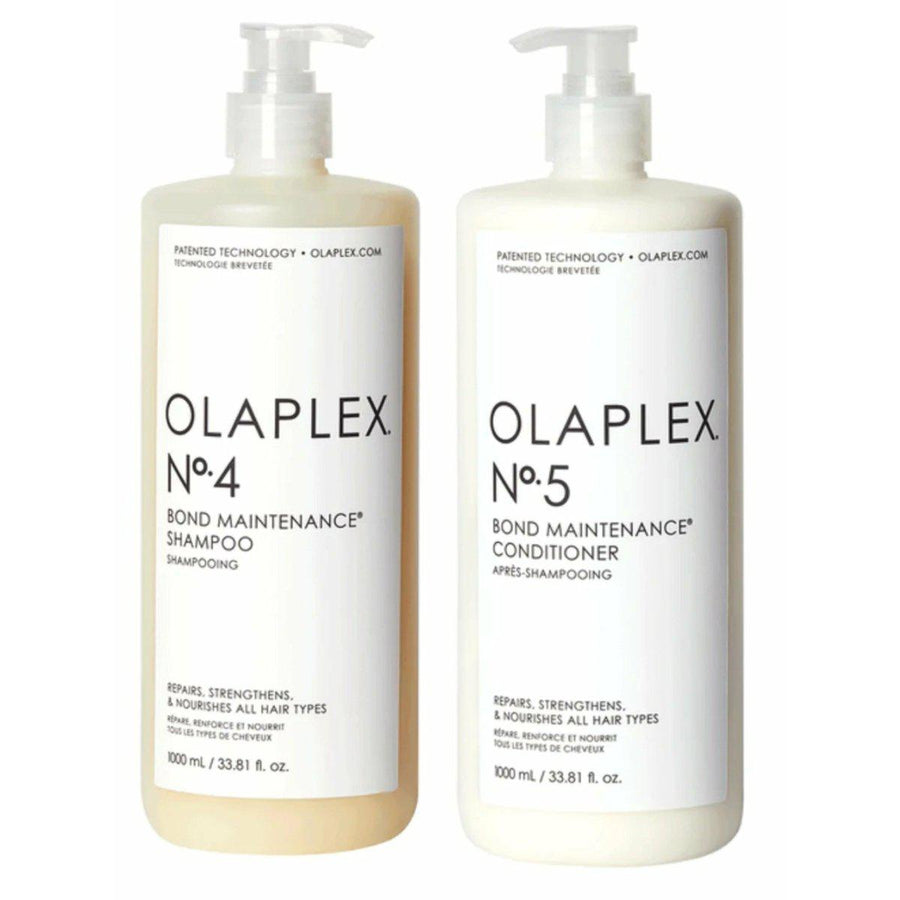
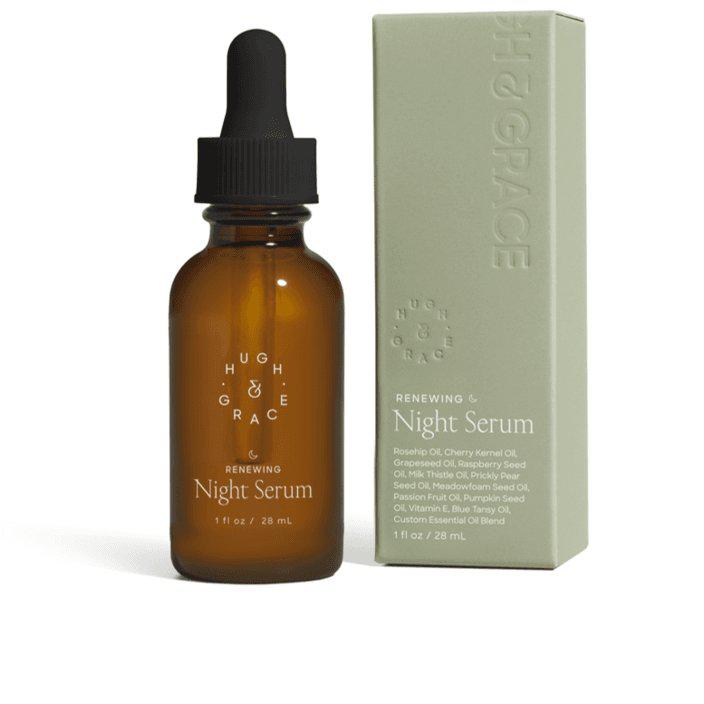
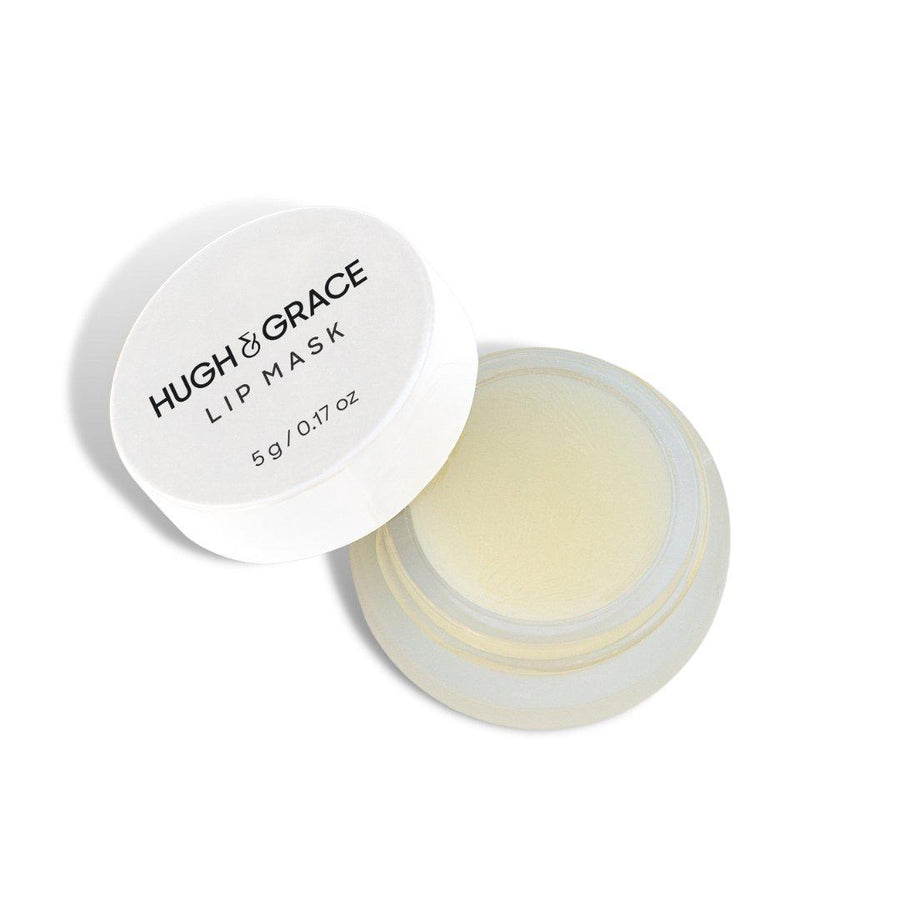
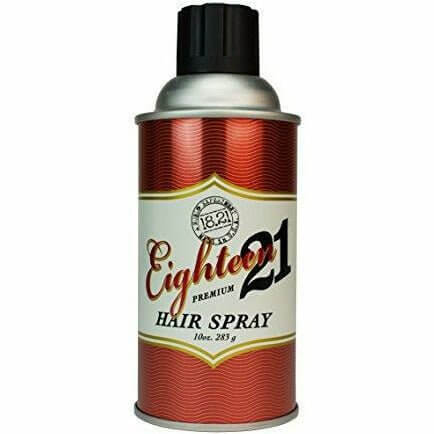



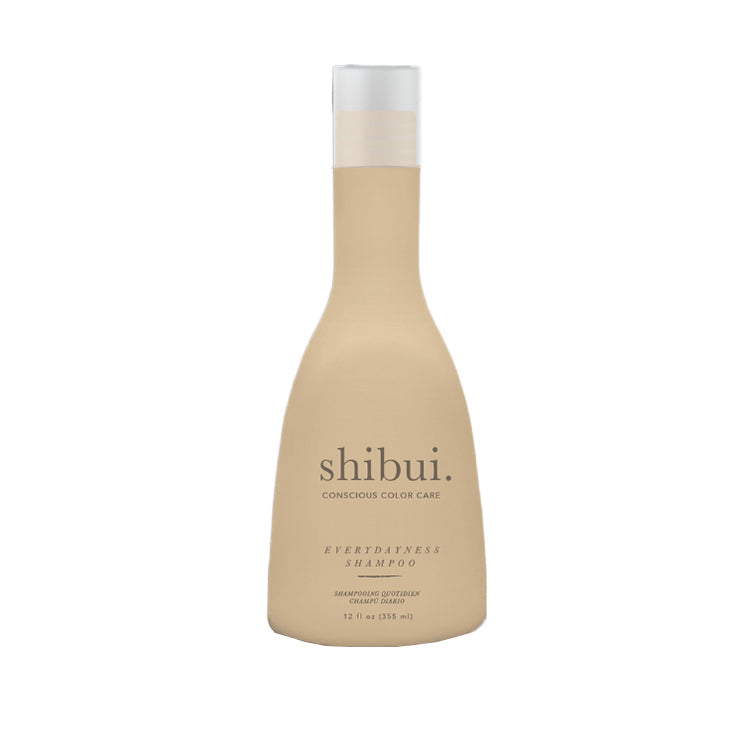
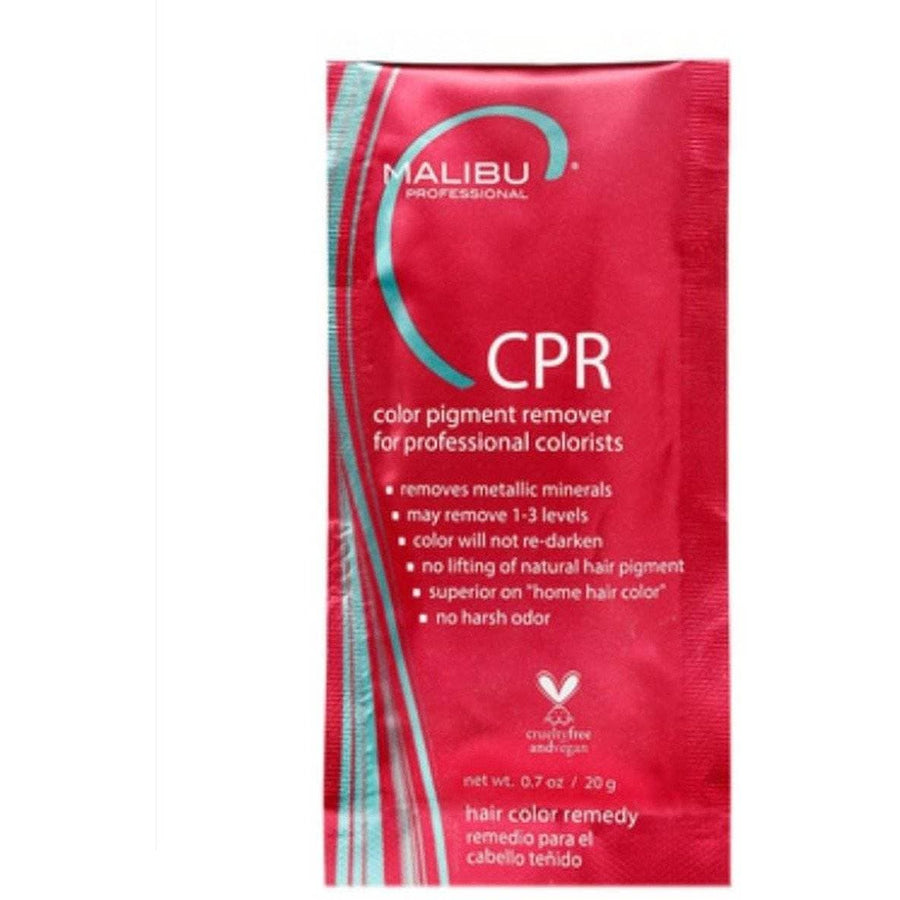
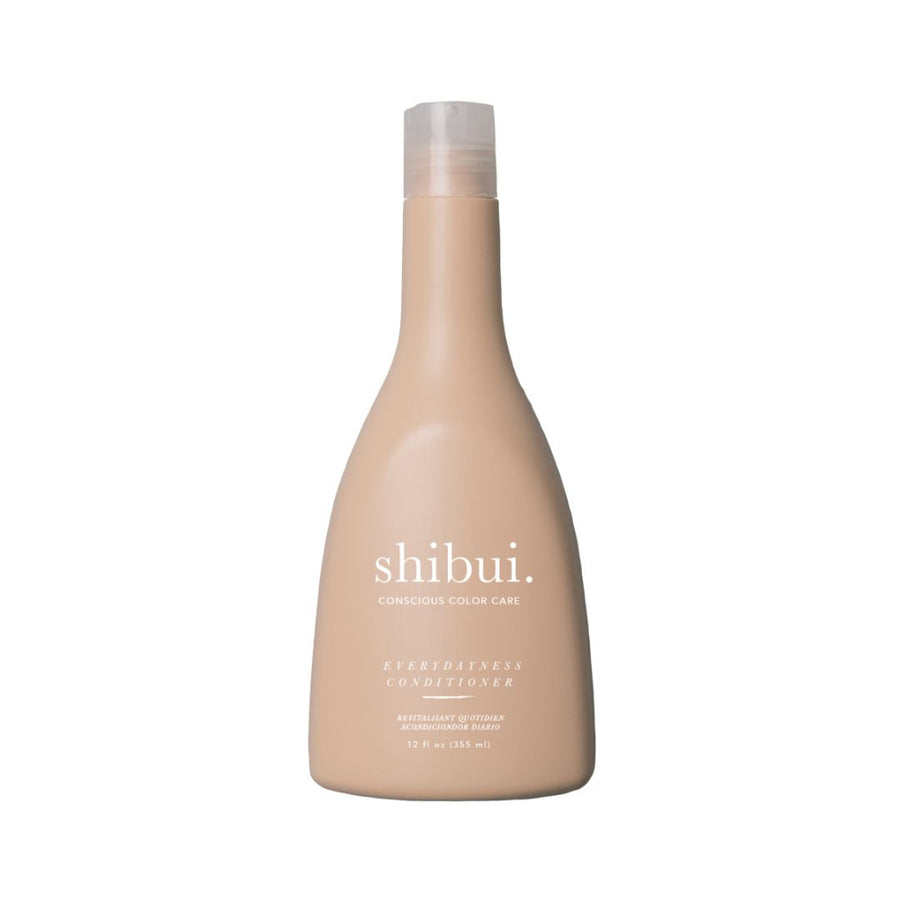
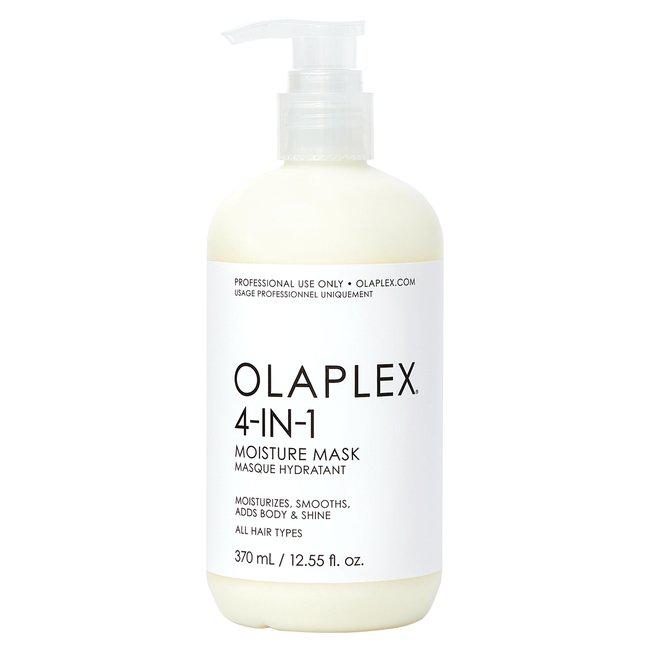
Leave a comment